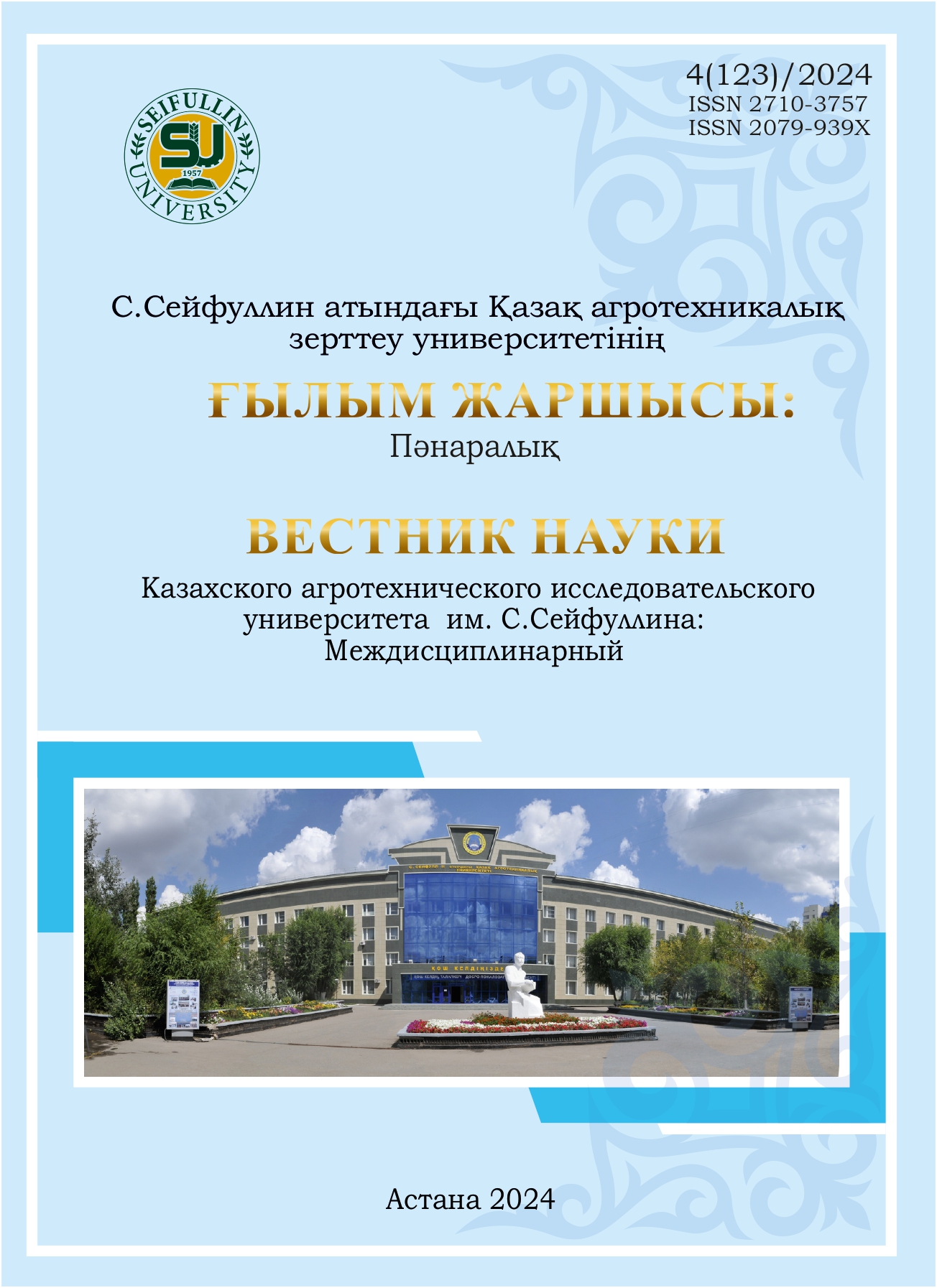The effect of hydrocarbon rocket fuel on germination and growth of various plants
DOI:
https://doi.org/10.51452/kazatu.2024.4(123).1785Keywords:
rocket and space activities; hydrocarbon rocket fuels; hydrocarbon fuels (HCF); kerosene fuels; vegetation cover.Abstract
Background and Aim. Scientific research is aimed at studying the effect of various concentrations of hydrocarbon rocket fuel (kerosene) on the growth and development of plants in areas affected by rocket and space activities at the Baikonur cosmodrome. The purpose of this study is to assess the effect of various concentrations of hydrocarbon rocket fuel on migration (transition from soil through the root system to plants) and their impact on the growth and development of cultivated plants.
Materials and Мethods. Laboratory studies of the effect of rocket fuel hydrocarbons on vegetation were carried out on samples of natural soil types brought from the area of the fall of the separating parts of the «Soyuz» launch vehicles in the Ulytau region. To conduct a scientific study of the effect of rocket fuel on plant growth and development, plants such as wheat, corn, peas and cucumber were studied. Results. This paper presents a translocation hazard indicator reflecting the ability of a chemical to move from soil to plants through the root system. The experimental results showed that an increase in kerosene concentration suppresses root growth in wheat, corn, peas and cucumbers. Seed germination was observed on day 3, and root measurement was performed on day 7. At a concentration of kerosene C100 mg/kg, the process of slowing the growth of cucumber, wheat and pea seedlings is 15.5%, 23% and 10.7%, respectively, relative to the model soil standard (MSS), which does not have a phytotoxic effect on the roots of seed seedlings. The process of slowing down the growth of corn seed seedlings is 41.3% relative to the MSS, which has a depressing effect on plant roots. Conclusion. Studies have shown that the concentration of kerosene C-100 mg/kg does not have a phytotoxic effect on cucumber, wheat and pea seedlings, but has a depressing effect on corn seedlings relative to the model soil standard.

